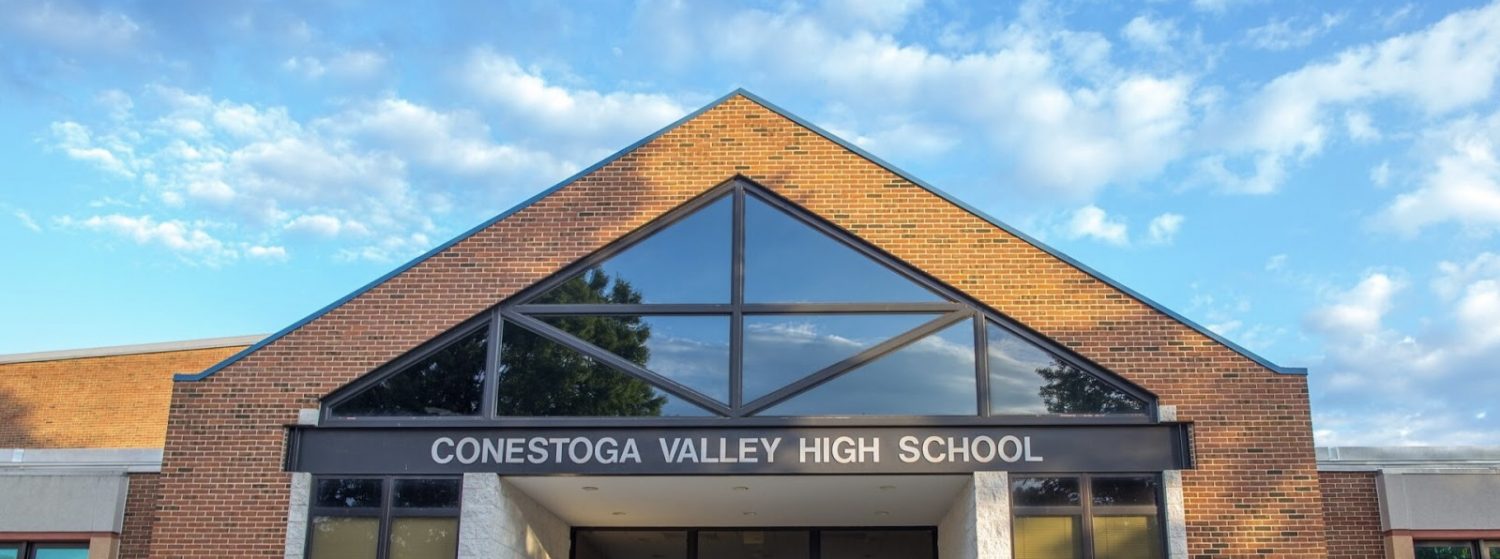By Logan Spurrier ’22
Russian troops began amassing on the Russian-Ukrainian border as early as mid-November 2021, with a resulting fear of invasion sweeping the West. In the following two months, tensions continued to heighten as negotiations fell through and further troops began staging in Belarus. Now, Ukraine can only sit tight as politicians in far-flung capitals decide the fate of the Slavic country.
Having been in a constant state of war with Russia since February 2014, Ukraine is no stranger to reality of having to fight. The points of contention between the two countries are the region of Crimea (internationally recognized as Eastern Ukraine) and the Donbas Peninsula (internationally recognized as South Ukraine). Putin’s government believes that Donbas and Crimea are both historical and ethnic parts of the Russian Federation, and they want them back.
They have cited, among other reasons, the pro-Russian sentiments within the two areas (which many believe has been influenced by Russia itself). In 2014, pro-Russian unrest sprung up in Eastern Ukraine due to disagreements with how the Ukrainian Government handled their relationship with the European Union. Using this unrest as a springboard, Russia annexed the Crimea. Shortly thereafter, pro-Russian secessionists took control over half of Donbas, with Ukrainian forces holding on the other.
Ever since, the two sides have been locked in a stalemate, with ceasefires and treaties being signed and just as quickly broken by both sides. Western Officials argue Russia now threatens to break the stalemate with an onslaught invasion.
A White House Spokesperson, Emily Horne, mentioned, “President Biden said that there is a distinct possibility that the Russians could invade Ukraine in February. He has said this publicly and we have been warning about this for months.”
Not all are so certain, however. Surprisingly, Ukrainian President Zelensky seems unconvinced that a major conflict is imminent, going so far as to call on Western leaders to stop the panic. “There are signals even from respected leaders of states, they just say that tomorrow there will be war. This is panic – how much does it cost for our state,” he commented.
Despite the uncertainty held by many, it is clear both sides are preparing for the worst.
Upwards of 100,000 Russian troops are currently amassed near Ukraine, spread across both the Russian and Belarussian borders. Open-Source Intelligence (OSINT) has identified a ceaseless amount of armor, vehicles, supplies, and equipment being railheaded towards the front. Reports indicate that Russia has prepared stockpiles of blood bags near the front, going so far as to prepare blood banks back home should further supply be needed. In conjunction, the Belarussian government has pledged to support Russia in case of war and made ready their own assortment of troops and equipment.
In response, the West has begun supplying Ukraine with arms, munitions, and equipment. Alongside the Baltic countries, the U.S and U.K have equipped the Ukrainian military with FGM-148 Javelin ATGMs, or Anti-Tank Guided Missiles. The U.S has also committed to sending Ukraine munitions in varying calibers, weighing upwards of 200,000 pounds. In a move which Kiev Major Vitali Klitschko has called a “joke,” Germany has agreed to supply 5,000 helmets of the 100,000 helmets requested.
Weapons and supplies are not the only support that the West is mobilizing, however. U.S President Biden has stated he plans to deploy a contingent of American troops to Eastern Europe. This comes after 8,500 troops were ordered to be on high alert. Likewise, U.K Prime Minister Boris Johnson has stated his country will honor commitments to N.A.T.O and her allies by preparing a force for a major deployment. In the coming weeks, it can be expected that more troops and supplies will be deployed in or near Ukraine as allied nations begin mobilizing.
Beliefs that this time will be different are not unfounded, as the Russian build-up has set a precedent which serves as the main point of worry for many. 100,000 troops, with the corresponding equipment and support, is the largest build-up seen in the Russo-Ukrainian War. In the annexation of Crimea, news outlets reported that approximately 30,000 (unmarked) Russian troops were present. This build-up eclipses that number three-fold.
It remains to be seen whether this situation simmers down or boils over into the biggest war of this century.
